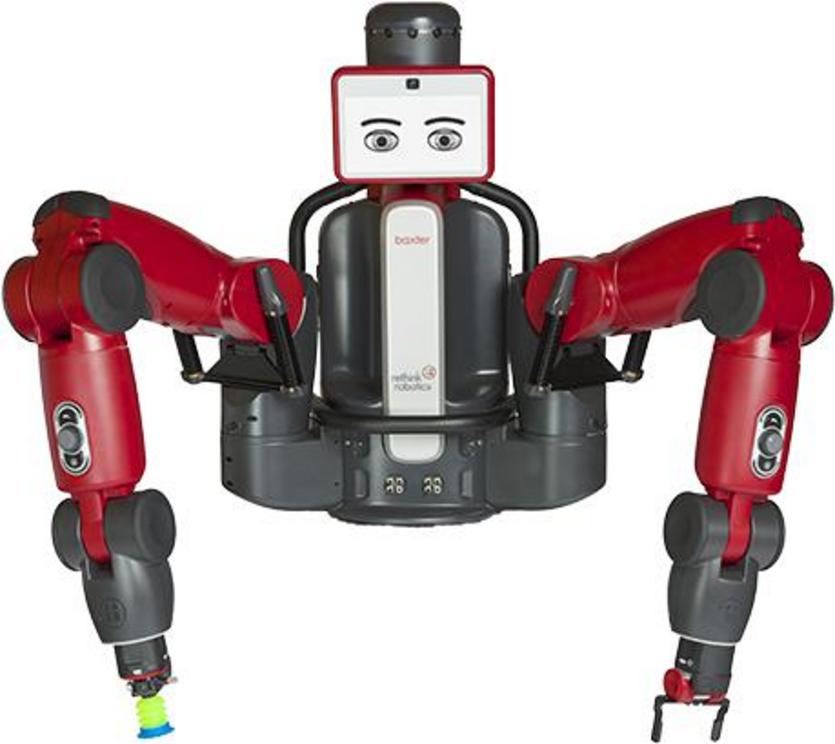Brain controlled robots: future communication
From MIT CSAIL:
Communication with a robot using brain activity from a human collaborator could provide a direct and fast feedback loop that is easy and natural for the human, thereby enabling a wide variety of intuitive interaction tasks. This paper explores the application of EEG-measured error-related potentials (ErrPs) to closed-loop robotic control. ErrP signals are particularly useful for robotics tasks because they are naturally occurring within the brain in response to an unexpected error. We decode ErrP signals from a human operator in real time to control a Rethink Robotics Baxter robot during a binary object selection task. This work thereby demonstrates the potential for EEG-based feedback methods to facilitate seamless robotic control, and moves closer towards the goal of real-time intuitive interaction.
In other words, Baxter will notice you thinking that it’s making an error, and then correct itself.
“Imagine being able to instantaneously tell a robot to do a certain action, without needing to type a command, push a button or even say a word,” says CSAIL Director Daniela Rus. “A streamlined approach like that would improve our abilities to supervise factory robots, driverless cars, and other technologies we haven’t even invented yet.”
The researchers will be presenting this at ICRA in Singapore this May, and we’re hoping they’ll let us try it out for ourselves.

